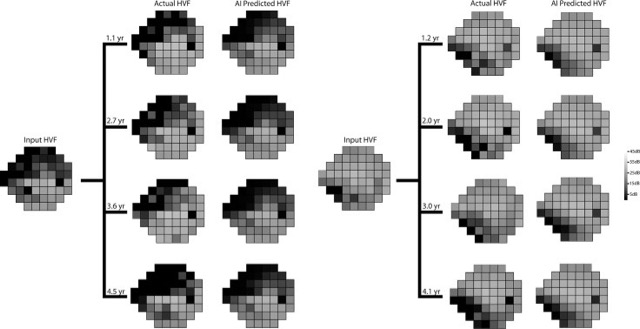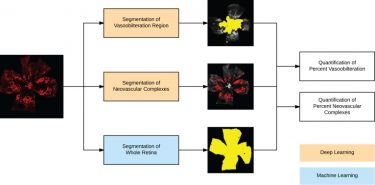In this commentary in the journal JAMA Ophthalmology, Christine A. Petersen, MD, Parmita Mehta, MS, and Aaron Y. Lee, MD, MSCI review a recent article published in the same journal, "Assessment of a segmentation-free deep learning algorithm for diagnosing glaucoma from optical coherence tomography scans."
The commentary addresses why a deep learning approach was more successful at detecting glaucoma using spectral domain optical coherence tomography scans than the more traditional strategy of performing automated segmentation to analyze retinal nerve fiber layer parameters.
Continue reading "Data-Driven, Feature-Agnostic Deep Learning vs Retinal Nerve Fiber Layer Thickness for the Diagnosis of Glaucoma"




